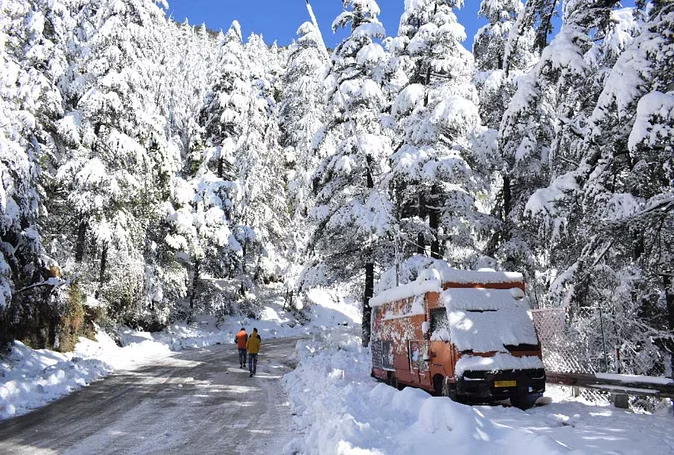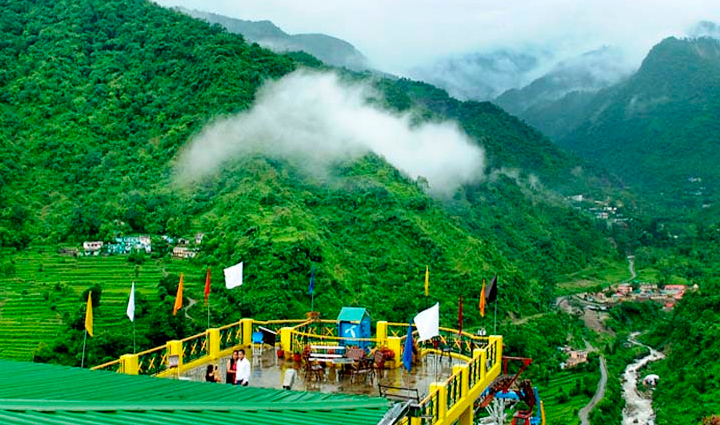The Vishnupad temple at Gaya in Bihar has the footprints of Lord Vishnu. It is believed that all wishes are fulfilled by coming to this temple and seeing Lord Vishnu. By coming here and worshiping the ancestors, the ancestors attain the holy world. this is such a temple

Where directly the footprints of Lord Vishnu can be seen. In this temple, instead of the idol of Vishnu, his feet are worshiped and the blood is decorated with sandalwood every day. It is said that this temple was renovated by Queen Ahilyabai in the 18th century.
But the feet of Lord Vishnu here is from the time of Satyuga. The feet of Vishnu made in the temple are carved with mace, chakra, conch, etc. This tradition has been going on for many years. This temple is situated on the west bank of river Phalgu and is visited by people from far and wide every year.
According to the mythology associated with the temple, the Vishnupad temple has a symbol of Lord Vishnu's footprint on the rock of Mata Dharmavatta, the wife of sage Marichi. It is said that Mata Dharmavat Shila was brought from Dharmapuri to stabilize Gyasur. Whom Lord Vishnu put on Gayasur and pressed him with his feet. After this, the footprints of God were made on the stone.
A 50 kg gold urn and a 50 kg gold flag are placed on the top of the Vishnupad temple. The sanctum has a 50 kg silver umbrella and a 50 kg silver octopus. Inside which the feet of Lord Vishnu are seated. The length of the feet of Lord Vishnu is about 40 cm.
The Vishnupad temple is built in a very beautiful and luxurious manner. This temple is made of hard gold stone. These stones were brought from the stones of the Atri block of the district. The temple is about 100 feet high and has an assembly hall. Where 44 pillars have been erected.
Sitakund is located opposite the Vishnupad temple near the Phalgu river. According to legend, Mother Sita donated Dasharatha's body to King Dasharatha here. At that time this place was famous as the forest of the jungle. Lord Shri Ram had come to donate the body of Maharaj Dasaratha along with Mother Sita.
Where Mother Sita offered sand ingots and Falgu water to King Dasaratha. Since then indigo made of sand has been made here and even today people donate ingots in this temple for the salvation of their ancestors.
It is believed that by touching the feet of Lord Vishnu, man becomes free from all sins. The international airport is located in Gaya. Since Gaya is a Buddhist region, there are flights from countries like Sri Lanka, Thailand, Singapore, and Bhutan. Apart from this, Gaya is also well connected to cities like Bihar, Delhi, Varanasi, and Kolkata, the second busiest airport in Bihar.
Gaya Junction is situated on the Delhi and Howrah Railway lines. Trains run from here to many big cities. Also in Bihar and Jharkhand, Gaya is one of the 66 railway stations planned to be made internationally.
Apart from this, Gaya is also connected by road to Bihar and other cities of the country. The Grand Trunk Road from Kolkata passes through Dobhi, 30 km from Gaya. Gaya is 105 km from Patna, 252 km from Varanasi, and 495 km from Kolkata.










